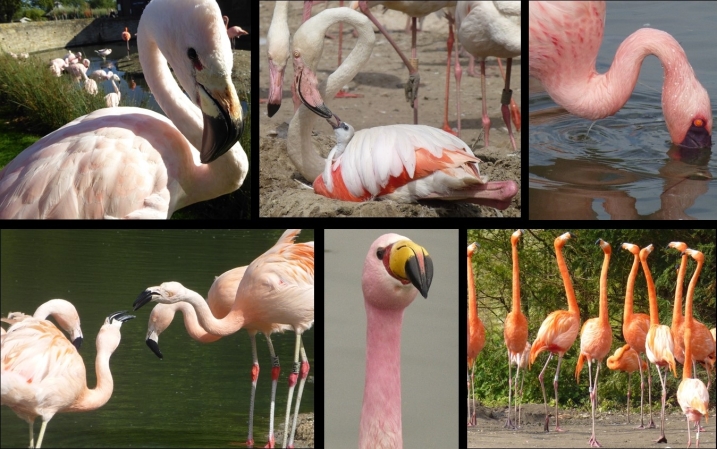Celebrate flamingos and International Flamingo Day
Here at WWT we need no excuse to talk about how amazing flamingos are and why we love them so much. But we have an extra good reason to do this in April... International Flamingo Day! This day is a chance to celebrate and appreciate the amazing birds that the flamingos are and the remarkable wetlands that they occur in around the world.
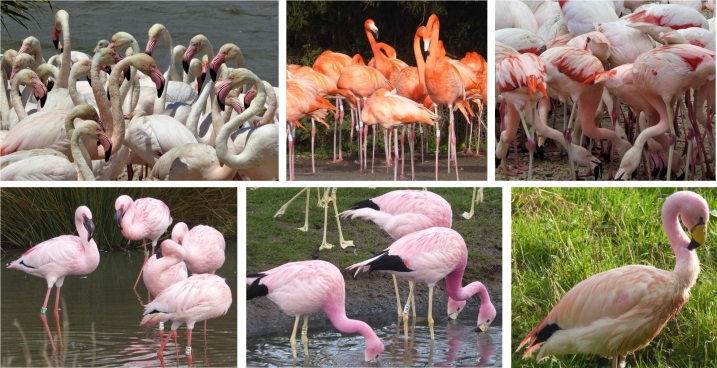
International Flamingo Day (IFD) was started in 2020 by the Flamingo Specialist Group of the IUCN and is hosted on 26th April which is the birthday of John James Audubon, the famous American painter and ornithologist who produced a remarkable and eye-catching life-sized picture of the American (Caribbean) flamingo for the now iconic book, “The Birds of America”. The logo for IFD was designed around this iconic picture by a WWT Slimbridge member of staff’s young son :-)
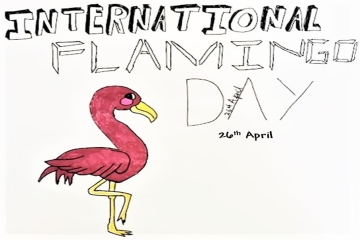
WWT is the home of the Flamingo Specialist Group and four WWT centres house flamingos. At WWT Slimbridge you can enjoy and compare all six. From the tiniest lesser flamingo, the rarest Andean flamingos and of course our pink bird celebrity, Mr James the puna flamingo. WWT Llanelli has Caribbean flamingos, beautiful, bright pink birds. WWT Martin Mere and WWT Washington have Chilean flamingos, with their characteristic salmon pink feathers and highlighter pink joints. WWT Martin Mere has greater flamingos too, the largest of all species. Plenty of flamingo flamboyance to be found for all!
The aim of IFD 2021 is to showcase the differences of the six flamingo species. Many people think a flamingo is a flamingo is a flamingo, but the six species have specific individual features even though they share family resemblances. Here’s our handy “spotter guide” for working out what makes a flamingo unique.
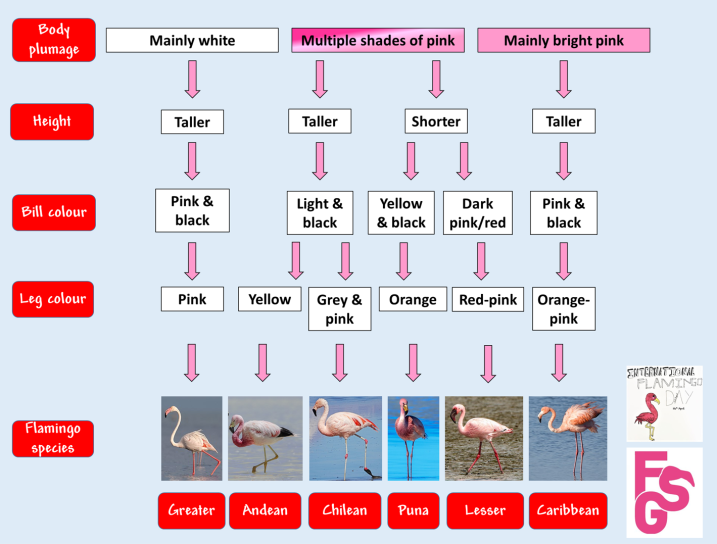
The tallest and palest species is the greater flamingo. The flamingo with the widest distribution and the species that naturally occurs closest to the UK.
The Andean flamingo is the rarest, most varied in colour species (the only flamingo with yellow legs) and they live in wetlands in the dizzying heights of the Andes Mountains.
The Chilean flamingo is a similar size to the Andean flamingo, living in the same parts of the world. It has a declining wild population and is need of conservation actions. Our WWT Chilean flamingos are therefore very important birds.
The puna (or James's) flamingo is a mysterious little flamingo, with a bright yellow and black bill. It also lives in these Andes Mountain wetlands in South America. A visit to WWT Slimbridge is not complete with saying hello to the one and only Mr James!
The lesser flamingo is just a fraction smaller than the puna flamingo. It lives in enormous flocks in East Africa and India. Lesser flamingos also have a declining global population and so our flock at WWT Slimbridge are very special birds.
The crimson Caribbean flamingo is a vivid splash of pink all over. This bird are nearly as tall as the greater flamingo, and they are found across Latin America, the Caribbean and the Galapagos Islands.
You can find out more about where the flamingos are found in this handy map from the FSG below.
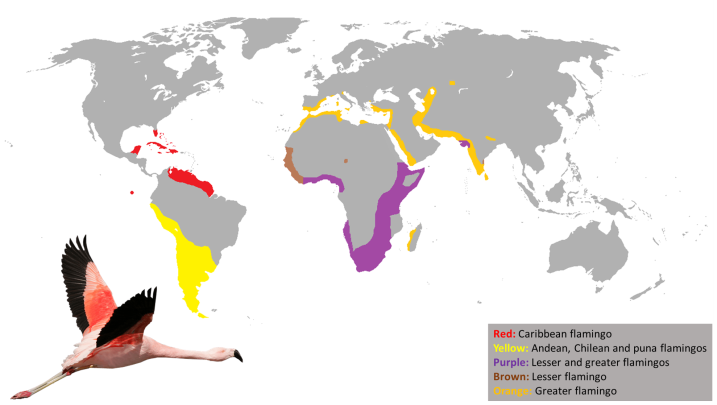
If you want to know more and expand on your education on all things about the pink birds, you can download a whole range of flamingo trivia, posters, graphics and facts from the International Flamingo Day website from the IUCN Flamingo Specialist Group for free.
And in celebration of IFD, why not take the FSG's flamingo personality quiz to find out what flamingo is most like you!
Four of the six flamingo species are of conservation concern. And they only inhabit a handful of very specific wetlands. It's important to share information on these birds, how unique they are, and why there are different species, to encourage as many people as possible to love them, and to love the habitats they occur in. Adopting a flamingo at a WWT centre means you can also help to directly conserve these wonderful animals too. Thank you for your support and enjoy International Flamingo Day!
